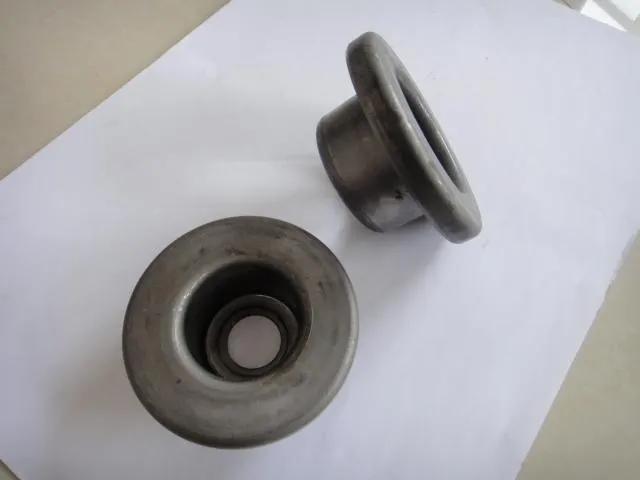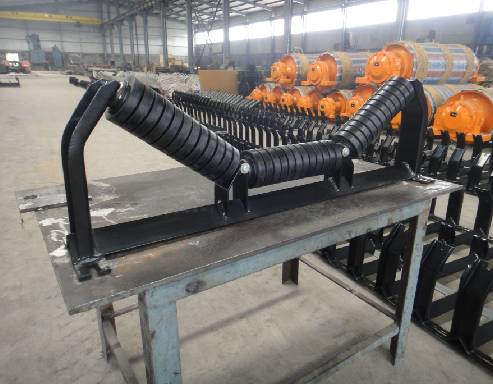 Afrikaans
Afrikaans  Albanian
Albanian  Amharic
Amharic  Arabic
Arabic  Armenian
Armenian  Azerbaijani
Azerbaijani  Basque
Basque  Belarusian
Belarusian  Bengali
Bengali  Bosnian
Bosnian  Bulgarian
Bulgarian  Catalan
Catalan  Cebuano
Cebuano  Corsican
Corsican  Croatian
Croatian  Czech
Czech  Danish
Danish  Dutch
Dutch  English
English  Esperanto
Esperanto  Estonian
Estonian  Finnish
Finnish  French
French  Frisian
Frisian  Galician
Galician  Georgian
Georgian  German
German  Greek
Greek  Gujarati
Gujarati  Haitian Creole
Haitian Creole  hausa
hausa  hawaiian
hawaiian  Hebrew
Hebrew  Hindi
Hindi  Miao
Miao  Hungarian
Hungarian  Icelandic
Icelandic  igbo
igbo  Indonesian
Indonesian  irish
irish  Italian
Italian  Japanese
Japanese  Javanese
Javanese  Kannada
Kannada  kazakh
kazakh  Khmer
Khmer  Rwandese
Rwandese  Korean
Korean  Kurdish
Kurdish  Kyrgyz
Kyrgyz  Lao
Lao  Latin
Latin  Latvian
Latvian  Lithuanian
Lithuanian  Luxembourgish
Luxembourgish  Macedonian
Macedonian  Malgashi
Malgashi  Malay
Malay  Malayalam
Malayalam  Maltese
Maltese  Maori
Maori  Marathi
Marathi  Mongolian
Mongolian  Myanmar
Myanmar  Nepali
Nepali  Norwegian
Norwegian  Norwegian
Norwegian  Occitan
Occitan  Pashto
Pashto  Persian
Persian  Polish
Polish  Portuguese
Portuguese  Punjabi
Punjabi  Romanian
Romanian  Russian
Russian  Samoan
Samoan  Scottish Gaelic
Scottish Gaelic  Serbian
Serbian  Sesotho
Sesotho  Shona
Shona  Sindhi
Sindhi  Sinhala
Sinhala  Slovak
Slovak  Slovenian
Slovenian  Somali
Somali  Spanish
Spanish  Sundanese
Sundanese  Swahili
Swahili  Swedish
Swedish  Tagalog
Tagalog  Tajik
Tajik  Tamil
Tamil  Tatar
Tatar  Telugu
Telugu  Thai
Thai  Turkish
Turkish  Turkmen
Turkmen  Ukrainian
Ukrainian  Urdu
Urdu  Uighur
Uighur  Uzbek
Uzbek  Vietnamese
Vietnamese  Welsh
Welsh  Bantu
Bantu  Yiddish
Yiddish  Yoruba
Yoruba  Zulu
Zulu Feb . 06, 2025 05:03
Back to list
Spring Impact Idler
In the realm of material handling and conveyor systems, the idler for conveyor belts plays a crucial, yet often overlooked role. These components are pillars of efficiency and durability, ensuring seamless operations across industries. Companies like CEMA have set the standards for conveyor idlers, providing guidelines that ensure quality and performance. Understanding the functionality, variety, and significance of idlers can enhance not only the efficiency of your conveyor system but also the overall productivity of your operation.
From an engineering perspective, the design and installation of idlers should adhere to recognized standards and best practices, aiming for optimal alignment and spacing. Misaligned or improperly spaced idlers can result in uneven wear and increased stress on the belt, ultimately leading to premature failure. Regular maintenance checks and prompt replacements of worn-out idlers further enhance the reliability and durability of the conveyor system. Trust in the expertise of reputable manufacturers and suppliers is crucial when selecting idlers. Companies with certifications and a proven track record guarantee that their products meet stringent quality and performance standards. Investing in high-quality idlers is an investment in the longevity and efficiency of your conveyor system, offering savings on maintenance costs and reducing operational downtimes in the long run. In summary, the idler for conveyor belts is not merely a supporting component but a critical one that ensures the operational efficiency of conveyor systems. By selecting the appropriate type, material, and design, businesses can significantly enhance their material handling operations, increase the lifespan of their conveyors, and maintain smooth, uninterrupted workflow. This strategic approach not only underscores a company's commitment to operational excellence but also reinforces its credibility and authority in the industry. Understanding these elements is essential for anyone looking to optimize their conveyor systems and maximize their return on investment.


From an engineering perspective, the design and installation of idlers should adhere to recognized standards and best practices, aiming for optimal alignment and spacing. Misaligned or improperly spaced idlers can result in uneven wear and increased stress on the belt, ultimately leading to premature failure. Regular maintenance checks and prompt replacements of worn-out idlers further enhance the reliability and durability of the conveyor system. Trust in the expertise of reputable manufacturers and suppliers is crucial when selecting idlers. Companies with certifications and a proven track record guarantee that their products meet stringent quality and performance standards. Investing in high-quality idlers is an investment in the longevity and efficiency of your conveyor system, offering savings on maintenance costs and reducing operational downtimes in the long run. In summary, the idler for conveyor belts is not merely a supporting component but a critical one that ensures the operational efficiency of conveyor systems. By selecting the appropriate type, material, and design, businesses can significantly enhance their material handling operations, increase the lifespan of their conveyors, and maintain smooth, uninterrupted workflow. This strategic approach not only underscores a company's commitment to operational excellence but also reinforces its credibility and authority in the industry. Understanding these elements is essential for anyone looking to optimize their conveyor systems and maximize their return on investment.
Next:
Latest news
-
Revolutionizing Conveyor Reliability with Advanced Rubber Lagging PulleysNewsJul.22,2025
-
Powering Precision and Durability with Expert Manufacturers of Conveyor ComponentsNewsJul.22,2025
-
Optimizing Conveyor Systems with Advanced Conveyor AccessoriesNewsJul.22,2025
-
Maximize Conveyor Efficiency with Quality Conveyor Idler PulleysNewsJul.22,2025
-
Future-Proof Your Conveyor System with High-Performance Polyurethane RollerNewsJul.22,2025
-
Driving Efficiency Forward with Quality Idlers and RollersNewsJul.22,2025
OUR PRODUCTS





























